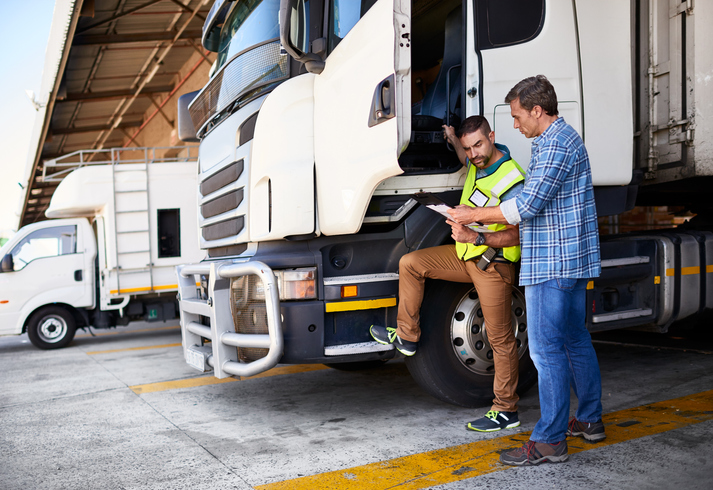
E-Invoicing and Its Geopolitical Stakes
France’s electronic invoicing reform relies on a Y-architecture, where Partner Dematerialization Providers (PDPs) play a central role in issuing and…
Generix Announces the Appointment of Olivier Vaillancourt as General Manager for North America View the press release

Improving the loading rate, reducing the number of vehicles on the road and optimizing the distance travelled to deliver: three objectives that Generix Group’s TMS makes it possible to achieve by intervening in several decisive stages:
By default, an order is routed from point A to point B with a single vehicle. However, it is possible to combine different modes of transport to optimize the routing according to several criteria (environment, cost, time, etc.). Problem: this can make logistics more complex. Generix’s TMS allows to add load break points and to control all the different transport stages. Several means can be implemented:
It is not always possible to have all the information about the different means of transport and therefore about their CO2 emissions. To remedy this, Generix Group’s TMS gives you access to data collected from carriers, especially during previous deliveries. This information base allows the company to select the right carrier according to its objectives, based on a multi-criteria analysis. It takes into account:
Thanks to Generix TMS, the company can draw up an accurate carbon balance from the operational, forecast and actual data provided. It also has access to the Datapower dashboard, with more than 100 performance indicators (KPI), to analyze the transport activity according to several criteria:
With all this data, the company can improve its activity on the first 3 levers by identifying the perfectible facets of its activity. These can for example depend on :
Rarely taken into account, digital tools can also have an impact on the carbon footprint of companies in the transport sector. To limit this impact, Generix has adopted an eco-design policy for its digital solutions, and in particular for its TMS
Sources : Greenhouse gas emissions from the transport sector (FR) – Notre-environnement.gouv.fr – 2022
You may also be interested in these contents:

France’s electronic invoicing reform relies on a Y-architecture, where Partner Dematerialization Providers (PDPs) play a central role in issuing and…

The B2B mandate in Germany, set to take effect on January 1, 2025, marks a crucial step in the European…

Following the October 15 announcement regarding the abandonment of the PPF development, the DGFIP and its partner AIFE are ramping…

Work with our team to build your ideal supply chain software stack and tailor it to your unique business needs.